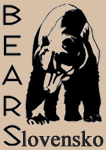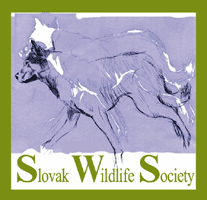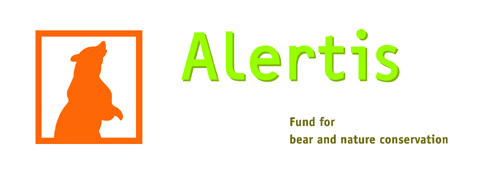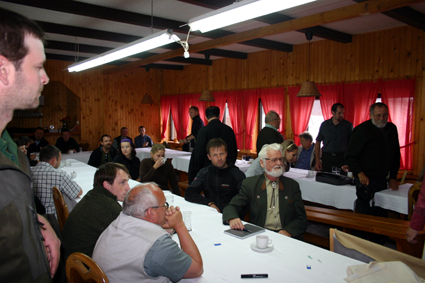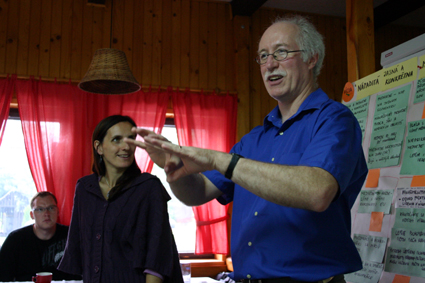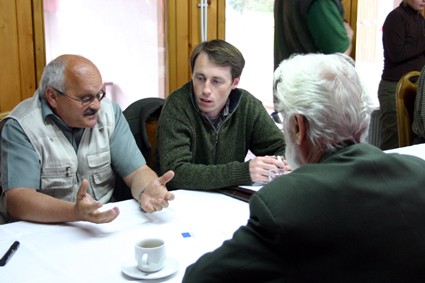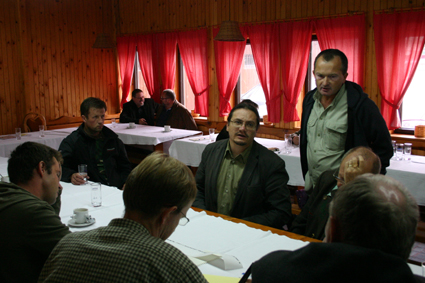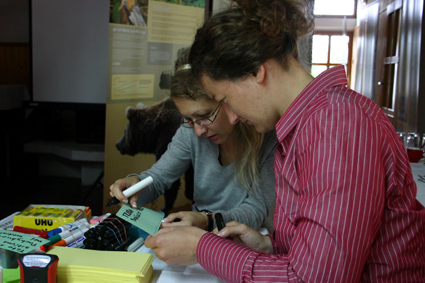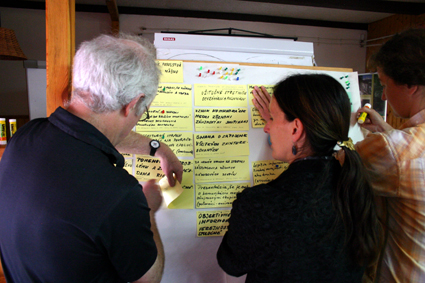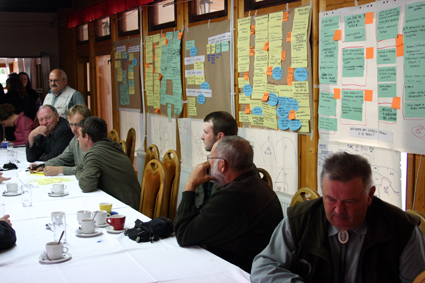

Human dimensions workshops
|
On Friday 1st and Saturday 2nd July 2011 at Borová Siho Hotel, Liptovský Hrádok, we organised, together with the Ministry of the Environment of the Slovak Republic and thanks to funding from Alertis, the first of a series of planned workshops focused on understanding and addressing the key issues facing brown bears and their management in Slovakia. There were 39 participants involving representatives of beekeepers, community leaders, damage inspectors, environmental NGOs, foresters from national and regional offices, hunters, landowners, the Ministry of the Environment, national parks, the police force, the State Nature Conservancy and university researchers. The workshop was facilitated by Dr. Alistair Bath from Memorial University, Newfoundland, Canada, who has experience working with diverse interest groups on large carnivore issues in Europe, for example in Bulgaria and Croatia. The Ministry of the Environment welcomed participants to an innovative process of working together, sharing ideas and working toward solutions through consensus. The Ministry expressed support for the process and a willingness to use the ideas recommended by the participants. The group agreed to a common set of roles and responsibilities for each member of this working team. A common goal of working toward understanding and addressing the key issues facing brown bears and their management in Slovakia was agreed upon. A common vision was drafted: Many key issues were identified: insufficient scientific knowledge; limited public awareness about bears; habituated bears; livestock protection techniques; broader conflict prevention measures; illegal killing; legislative issues including hunting regulations; consistency of decision-making; corruption; lack of cooperation between interest groups; lack of communication and cooperation between state authorities; effects of infrastructure and development. Further discussion occurred on how to increase scientific knowledge and what information is desired. This included information on population numbers, trends, age structure, mortality (illegal killing, traffic, hunting, natural), habitat suitability and legislation. The group was very supportive of the way the workshop was conducted, using a visual human dimensions facilitated workshop approach that resulted in 19 poster-style pages of discussion. The group agreed that such a process is required to successfully address the challenging issues of bear management. They requested to meet again using the same approach, feeling that sufficient progress had been made during this first workshop to warrant meeting again in the near future. The next workshop will focus on increasing our knowledge of bears and will involve presentations by several members of this working group. Efforts will be made to include additional key interests to ensure a successful outcome. |
|
